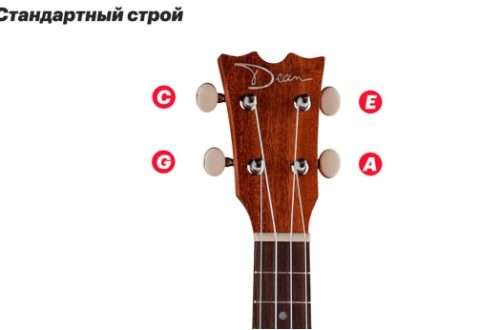How to choose accompaniment
Contents
Anyone who loves to sing and knows how or is learning to play the piano sooner or later faces the question of how to select accompaniment for their own vocals. The benefits of accompanying yourself are obvious.
For example, there is no need to adapt to the accompanist and his style of performance; or, for example, you can slow down the pace a little in some places to catch your breath, and in other places you can speed it up. By the way, this technique (variation of tempo) is called “rubato” and is used to give expressiveness and liveliness to the performance. It may seem that choosing accompaniment is difficult, but these difficulties can be overcome with due diligence and the implementation of a few simple recommendations.
Determining the mode and tonality
The first thing to start with is the definition of the mode (major or minor). Without going into the details of music theory, we can say that minor sounds sad (or even gloomy), and major sounds cheerful and cheerful.
Next, you should carefully analyze the selected work and take into account its range. It often happens that in the middle or towards the end of the song the melody goes up and is difficult to pick up, and there is a possibility of “let the rooster go.” In this case, the work should be transposed (that is, moved to another, more convenient key).
Selection of melody and harmony
At this stage, much will depend on the complexity of the piece and your level of proficiency with the instrument. When choosing a melody, try to sing every sound (note) – this will allow you to better feel the possible falsehood, and, moreover, it is useful for the development of hearing.
In this case, it is not necessary to select a melody, moving from the beginning of the piece to its end. If there is a fragment in the middle (for example, the chorus of a song) that seems easier to select, start with it: having the right part of the work chosen, the rest will be easier to select.
Having decided on the melodic line, you should apply harmony to it, or, simply put, select chords. Here you may need not only your own hearing, but also knowledge of the most common chord sequences (for example, the tonic-subdominant-dominant sequence is very common). Each musical style has its own basic sequences, information about which can easily be found on the Internet or in a music encyclopedia by genre.
Texture and rhythm of accompaniment
After making sure that the melody is in harmony with the chords, you should create a rhythmic pattern for the accompaniment. Here you need to focus on the size, rhythm and tempo of the work, as well as its character. For a lyrical romance, for example, a beautiful light arpeggio is suitable, and a frivolous and simple song is suitable for a jerky staccato bass + chord.
Finally, we note that although we talked about how to select accompaniment using the example of a piano, these tips are of a general nature and apply to other instruments. Whatever you play, a selection of accompaniments will not only enrich your repertoire, but will also help develop your ear and learn to better feel and understand music
Have you already seen this clip? All guitarists are simply delighted! Be delighted too!



